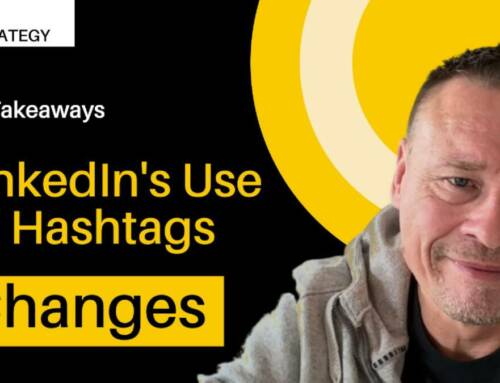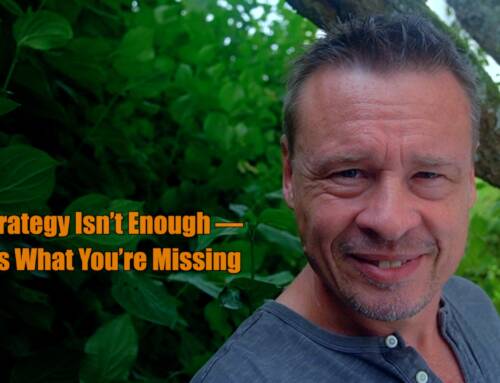I guess we all know that effectiveness is a central concern in international development cooperation, including its communications.
Unfortunately, communication effectiveness is often wrongly interpreted and measured too much by rather meaningless data and metrics — especially on social media by likes or through trivial engagement without qualified expression of opinions.
I may be stating the obvious but still, I feel I must say this: “Just because something spreads quickly doesn’t automatically mean it’s the best thing to write.” Even if the target audience is reached with it, the question remains whether we are conveying the right image and whether we have truly sparked interest in the fundamental topic.
The Short and Snappy Mantra
Lately, I’ve seen an increase in posts on LinkedIn from the development cooperation sector that focus entirely on presenting their own work as successful. And since short and snappy is the new mantra, this has led to linguistic reductions that reveal a lot and leave nothing to the imagination. I’m not so much talking about overloading with aesthetic stimuli, but rather teasing with sentences like “look at the amazing work we have done!”
Effective Advertising for Development Organizations?
There is a whole host of consultants and consulting firms that acquire new clients in this way and they are very present on LinkedIn. Even though I have doubts that this type of advertising is really so effective — because there seems to be a lot of loss with this scattergun approach — it is an interesting question whether organizations in international development cooperation want to position themselves like multinational consulting corporations.
Is it really necessary to advertise one’s work like a fast-moving consumer good and, above all, clever to publically pass judgement on the quality of one’s own projects and thus tell the readers what they should think? Aren’t the typical target groups of international development cooperation rather repelled when you do not deem it necessary to open the door to your content with qualitative information?
Targeting your own colleagues first
One’s own organization can help a lot to quickly reach a critical mass for spreading on social media due to the organization’s sheer size. How do I mean, and is it really helpful after all?
I can expect many colleagues to engage in my post because they work for the same organisation and feel somewhat obliged to help promote it. The only thing I have to do is make its contents very obviously going along company lines and even better make it super harmless with absolutely no strings attached whatsoever. Because people working for large organisations of development cooperation mostly don’t feel empowered to voice their opinion online when they divert from the official line only in a slight bit. They feel it’s not worth risking their jobs. Thus if you want that initial push for your post to take off on social you make it easy for your colleagues to like it.
Whether this is going to go down well with the target groups you actually want to reach is another question though and I sometimes believe that this question is not really asked.
The Importance of Meeting Self-Set Expectations
For me, the most important aspect in terms of measuring one’s success is that I meet my self-set expectations. If I set clear goals and achieve them, my target audience will recognize the quality of my work. It’s not about listing countless goals from my strategy document, but presenting the most important ones qualitatively and showing how I fuelled and ultimately achieved them.
The judgment of whether the result is good should then be made by my target audience when they look at my work. I raise my credibility by showing actively that I am capable of talking about real mistakes and things that have gone awry — ultimately by showing humility, especially since it is development work.
The Art of Messaging
Well, and then there are the messages. Here, too, I believe that people don’t like it when you get straight to the point. No one likes it when they immediately recognize that they are the target of messaging, that they are sold to. Messages should be well packaged, the viewer needs to discover them on their own. Not because it was more “fun” but because people tend to be much more convinced when they get the impression that they found the truth in something themselves. Remember we are not advertising FMCGs. The “unboxing sessions” that are so popular with influencers are a nice metaphor for this.
In essence
I believe that a qualified presentation of my work is the best way to communicate effectively with target groups who are both media-savvy and knowledgeable about the subject matter. It’s not about pushing myself to the forefront by mentioning my project name and organization in full at the beginning and repeating it in every other sentence, as in advertising. It’s about fully presenting how I have achieved my goals and exactly where the high quality of my work lies, the pain points, the leverage points. If I succeed in doing that, my target audience will perceive me in a positive, reflective manner. I will have achieved something with them from a communications point of view that might leave a more lasting impression.





Leave A Comment